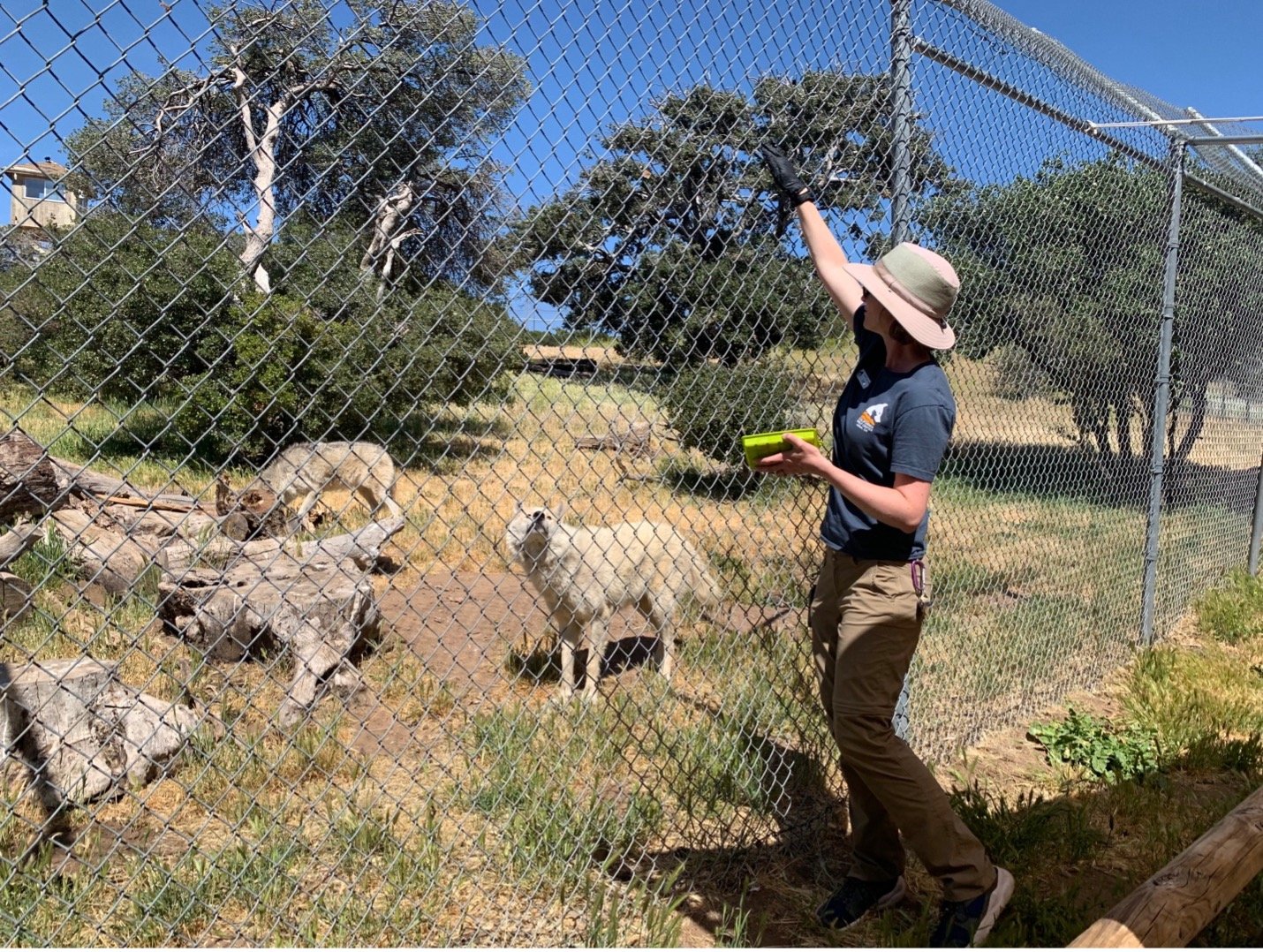Interact with endangered wolves at the California Wolf Center
Introduction
Are you up for a little mountain adventure day trip? Maybe interact with one of nature’s best known mystical animals? The California Wolf Center (CWC) is an incredible facility near Julian, California. It was founded in the 1977 when the Northwestern Gray Wolf was facing extinction. The center focuses on educating people about wolves and their importance in ecosystems, as well as helping to keep these mysterious animals wild and thriving.
California Wolf Center
The Center is open to the public for guided tours, educational activities, and special events. Reservations are required to visit the Center. The California Wolf Center also provides information about wolves as well as education on how people can help conserve these animals.
Northwestern Gray Wolf
The Northwestern Gray Wolf is native to the Pacific Northwest, including Washington state and Oregon. It's also known as the Vancouver Island Wolf or the Northern Rocky Mountain Wolf.
The Northwestern Gray Wolf has a wide habitat range—from Alaska to California—but it prefers cool and moist forests where prey like deer and elk are easily hunted. The species can live in human-modified landscapes, but these habitats are not ideal due to higher human activity levels (e.g., hunting by humans) and other disturbances (e.g., livestock grazing).
Yanna and Poppy, Northwestern Gray Wolves
Through conservation efforts, the Northwestern Gray Wolf was no longer considered endangered in many areas in the U.S. and that they no longer breed the Northwest Gray Wolf at the Center because of the change in status.
Yana and Poppy getting treats
Mexican Gray Wolf
The Mexican Gray Wolf is smaller than its cousin, the Gray Wolf, and they have a narrower snout that has a less defined stop between their forehead and snout. They also have shorter legs relative to their body size than other gray wolf subspecies. As you can imagine, these physical differences make it easier for them to live in hot climates like Arizona!.
The Center focuses on breeding the endangered Mexican Gray Wolf and releases these wolves into the wild through a very controlled process (particularly in the United States). Through the efforts of the Center and other organizations like the Center, the number of Mexican Gray Wolf have improved dramatically.
Mexican Gray Wolves
Guided Tours
You can get up close to the ambassador packs by taking one of the Center’s guided tours. You may have the unique opportunity of observing Poppy and Yana from the Northwestern Gray Wolf pack, and Durango, Thor, and Emma from the Mexican Gray Wolf pack. Reservations are required for tours. The cost is $30-$45 per person, depending on the tour chosen.
Guided tours at the Wolf Center typically last about an hour and a half to two hours (including time to get to the Center).
Help keep wolves wild and thriving
Support the California Wolf Center
Donate to the California Wolf Center
Volunteer at the California Wolf Center
Become a Member of the California Wolf Center
Visit the California Wolf Center and take a tour
Conclusion
Even if you’re not a wolf expert, you can still contribute to the cause by visiting the center. The California Wolf Center is open to visitors Friday through Monday with guided tours and behind-the-scenes experiences available for groups of all sizes (reservations required). You can also visit the Julian Visitor Center and Nature Store, located in downtown Julian. Remember that your ticket purchase helps support conservation programs and educational outreach efforts—so don’t miss out!
The trip takes about 4-6 hours total (depending on part of town you're coming from and if you plan to stop in Julian). Let us know if this post actually gets you to go or if it doesn’t, how could we make this even more appealing to you? E-mail us – feedback@drivesanddetours.com or DM us on Insta @drivesanddetours.



